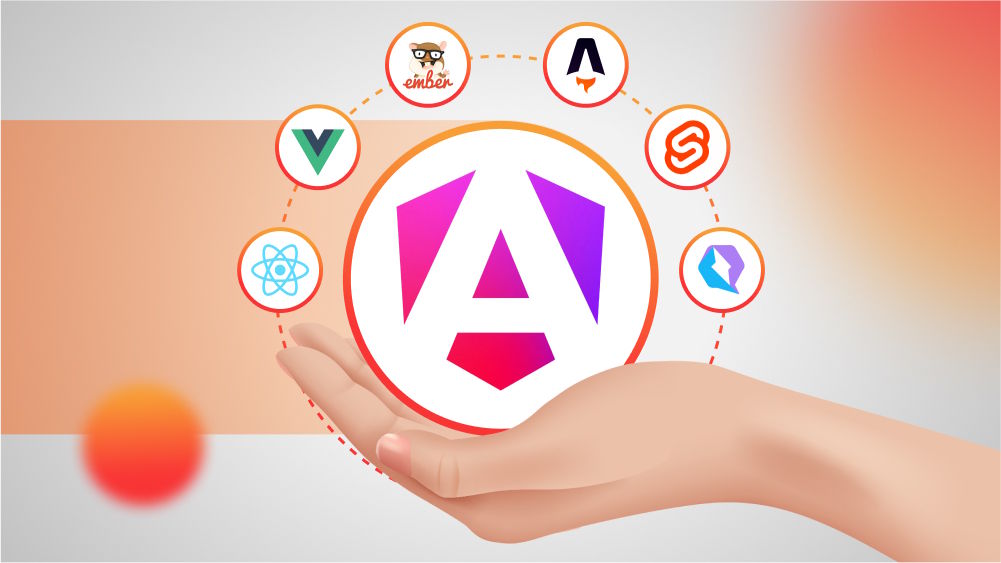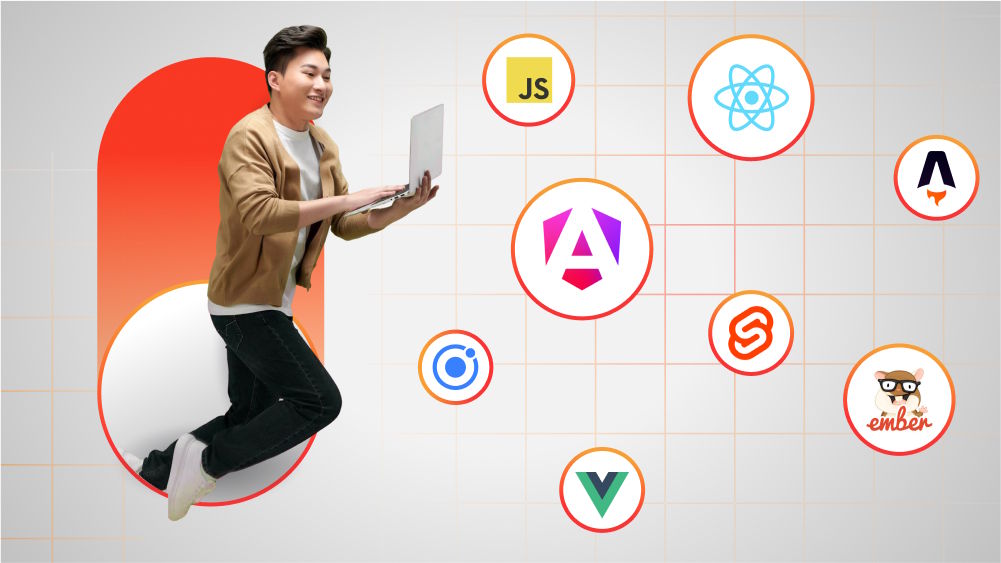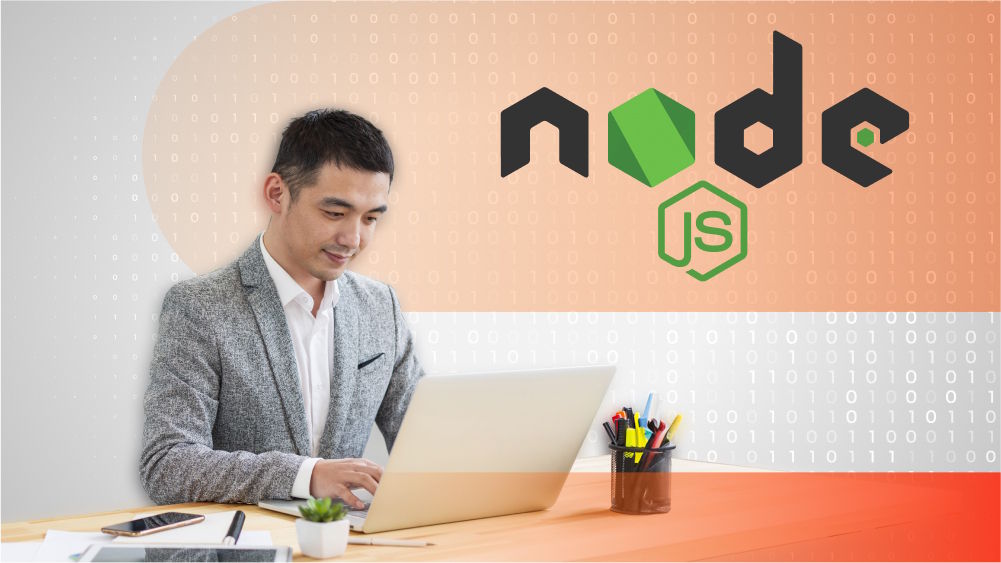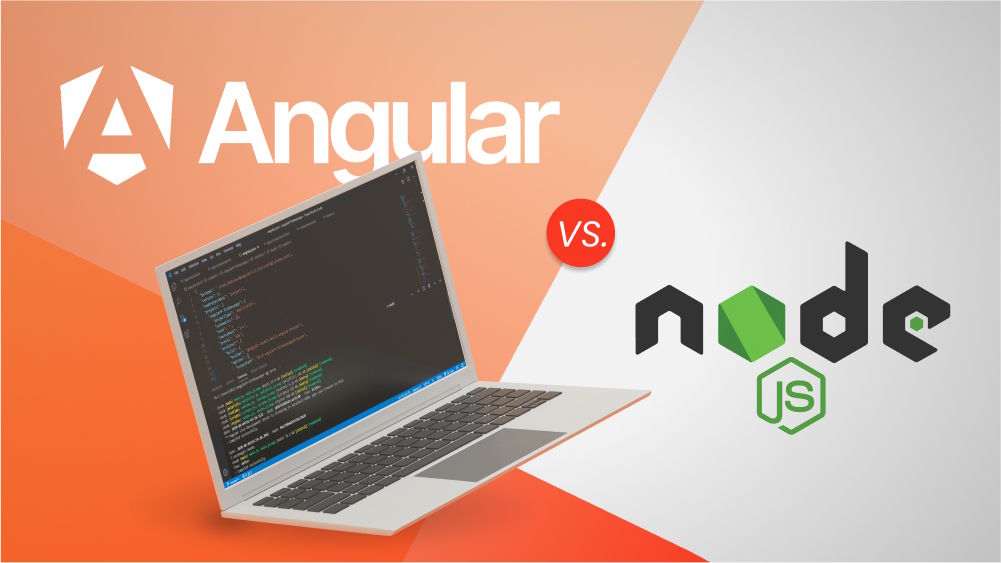What to Look for in AWS NoSQL Database
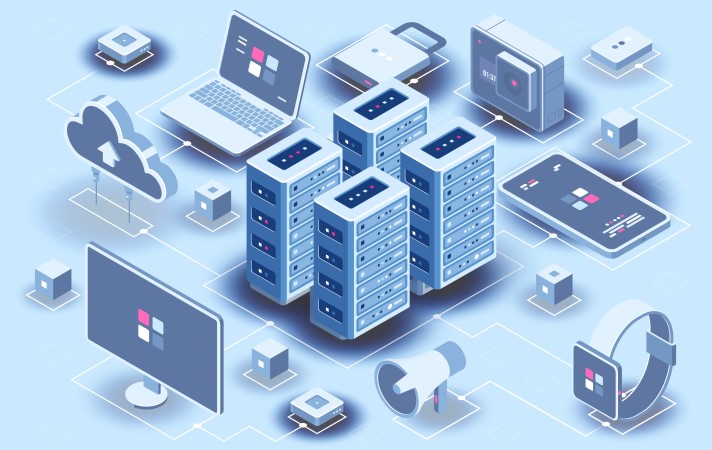
Content Map
More chaptersWhat is a NoSQL Database?
An AWS (Amazon Web Service) NoSQL database is a type of database that stores and manages data in a non-relational, unstructured manner. They are more flexible and versatile than a traditional SQL database as they do not have to conform to a strict schema. This enables database developers to collect and store various types of data from all kinds of sources, including static reports and social media feeds, and other emerging data types.
NoSQL databases rapidly grew in popularity during the mid to late 2000s, as businesses needed a new, more efficient way to upscale and handle large volumes of data from various sources. The limitations of traditional SQL databases made it hard for businesses to achieve these outcomes. Therefore, NoSQL databases gradually became adopted across many industries, ranging from entertainment and retail to IT, sporting, eCommerce, and heaps more.
What’s the difference between an SQL Database and NoSQL Database?
The biggest difference between the two databases is that an SQL database is relational, while a NoSQL database is non-relational.
SQL databases have a predefined schema for defining and manipulating data. This means the structure of the data is predetermined before the actual data is collected and stored. This approach can be beneficial to companies who want a safe and predictable way to store and collect data, especially if the source of the data is to remain static.
An AWS NoSQL database uses dynamic schemas for storing and collecting unstructured data. There are many types of NoSQL databases you can use to store different data, including column-oriented, document-oriented, graph-based, and key value-based databases. This flexibility gives database developers the freedom to manage data from a wide variety of new and existing sources. And it allows them to add and remove fields as they go and create new documents without having to define their structure first.
How to choose the right AWS database for your business
That depends on your business needs. Are you content with a linear, predefined approach to data management (SQL), or do you expect the state of the data you collect to change over time (NoSQL)? Fortunately, there are a few formulas you can use to make an informed decision.
RDBMS vs. NoSQL
An RDMBS is a type of database that stores data in a row-based table structure that connects related data elements. The RDMBS is characterized by the recognizable ACID properties, which are:
- Atomic – Each type of transaction must succeed, or else the whole transaction is rolled back.
- Consistent – Each transaction remains in a valid state in the database before and after completion, and it cannot leave the database in an inconsistent state.
- Isolated – Any transaction not yet committed must not interfere with another transaction and must remain isolated.
- Durable – Committed transactions remain in the database and can be recovered in case of database failure.
While these characteristics sound good on paper, there are some drawbacks to this approach to data management in terms of their lack of horizontal scaling, slow performance, fault tolerance, and availability.
This is where NoSQL comes in. The alternative to the ACID characteristics is the BASE model, which NoSQL follows:
- Basically Available – The system’s availability is guaranteed in the event of system failure
- Soft State – The state of the data can change without interfering with other applications
- Eventual Consistency – The system will eventually become consistent once it stops receiving input.
In essence, the NoSQL model relaxes some of the restrictions imposed by the ACID characteristics, trading in certain qualities like immediate consistency and total isolation in favor of a more flexible approach to data collection.
The result is the increased possibilities for greater flexibility, scale, and growth – especially when collecting data from various new and emerging sources.
Types of Amazon NoSQL Databases
With that being said, let’s see the wealth of NoSQL database options available to you. NoSQL databases are typically categorized into four different types, including:
- Key-value
- Document-based
- Column-based
- Graph-based
Each AWS NoSQL database has its own advantages. Some are better suited for websites that store large amounts of customer data and handle numerous online transactions at once, such as eCommerce stores. While others are better suited for real-time streaming services like Netflix and Spotify due to their ability to scale up and down the amount of content available quickly to users at any given time.
Below is a brief rundown of Amazon NoSQL database types.
Key-Value
Key-Value databases share the most in common with traditional SQL databases. And they are often considered the simplest type of NoSQL database. Why? Because each data element in the database is stored as a key-value pair consisting of an attribute name (or ‘key’) and a value. In this sense, the database functions as a traditional SQL database with only two columns. For these reasons, Key-Value databases are often used for consumer purposes like online shopping carts.
Document-based
Document-Based NoSQL databases store and retrieve key data as a value pair; the value part is stored as a document. What does this mean? That the value is stored in a format different from the rest of the database, such as a JSON (JavaScript Object Notation) or XML (Extendable Markup Language) format. This allows for faster indexing and querying for elements of the database while requiring less translation to use certain bits of data in different applications.
Column-based
Wide column databases use tables, rows, and columns like a traditional SQL database. The difference, though, is that the names and formats of the columns can vary from row to row in the same table. Due to this unique structure, column-based databases have high data compression rates, which helps save on disk space and speed up the query process.
Graph-based
Graph databases focus on the relationship between each piece of data. Each element is stored as a node, and the connection between each element (or node) is referred to as a link or relationship. In a graph database, a node is classified as a first-class element, that being a language entity that operates as other entities in a language. This allows a developer to ‘abstract the processing of data,’ thus having the freedom to give individual bits of data new functions during the execution of a program, such as storing them in a data structure or passing them off as arguments to other functions.
Types of AWS NoSQL Database Services
AWS provides a wide range of NoSQL database Services to suit your needs. Before you choose the right one for you, it’s a good idea to understand what each service does and its benefits for your business. And if these services do not match what you are looking for, you can search for other third-party NoSQL database Service providers who will better meet your needs.
Amazon DynamoDB
Amazon DynamoDB is a type of document and key-value database. As a fully managed service provider, it offers a wide range of features, including automatic backup and restoration, in-memory caching, security, and multi-master distribution. Amazon DynamoDB is often used for consumer-based purposes such as mobile, web, gaming, IT, retail, media, and entertainment applications with low-latency data access, with notable customers including Nike, Netflix, and Lyft.
Amazon Neptune
A graph-based database service has the capability to store data with, quite literally, billions of relationships. It supports a wide range of graph models and query languages, including SPARQL, TinkerPop Gremlin, Property Graph, and W3Cs RDF.
Amazon Timestream
This is a fast, scalable, and serverless time-series database for IoT and operational applications. Amazon Timestream can store and analyze trillions of events per day up to 1,000 times faster than other databases and at 1/10th of the cost of SQL databases
Conclusion
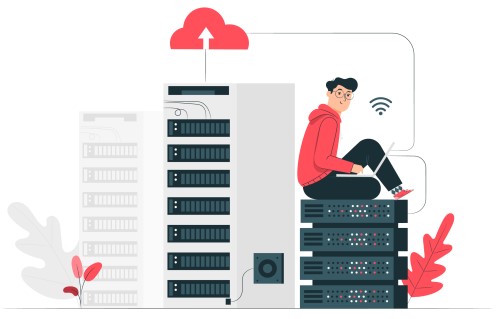
Regardless of the type and size of business you are in, these days, there is a wide range of AWS NoSQL database solutions out there. Each one is fine-tuned to cater to different business needs, whether to assist with real-time streaming tasks or process real-time online purchases.
And with the ability to switch to serverless, cloud-based NoSQL database solutions, this can save you a fortune on onsite installation and maintenance costs. You can then use those resources to innovate your business in other areas.
Either way, you cannot go wrong with switching to a NoSQL database solution that helps your business be more productive, efficient, and secure in terms of how you store and manage your crucial data.


